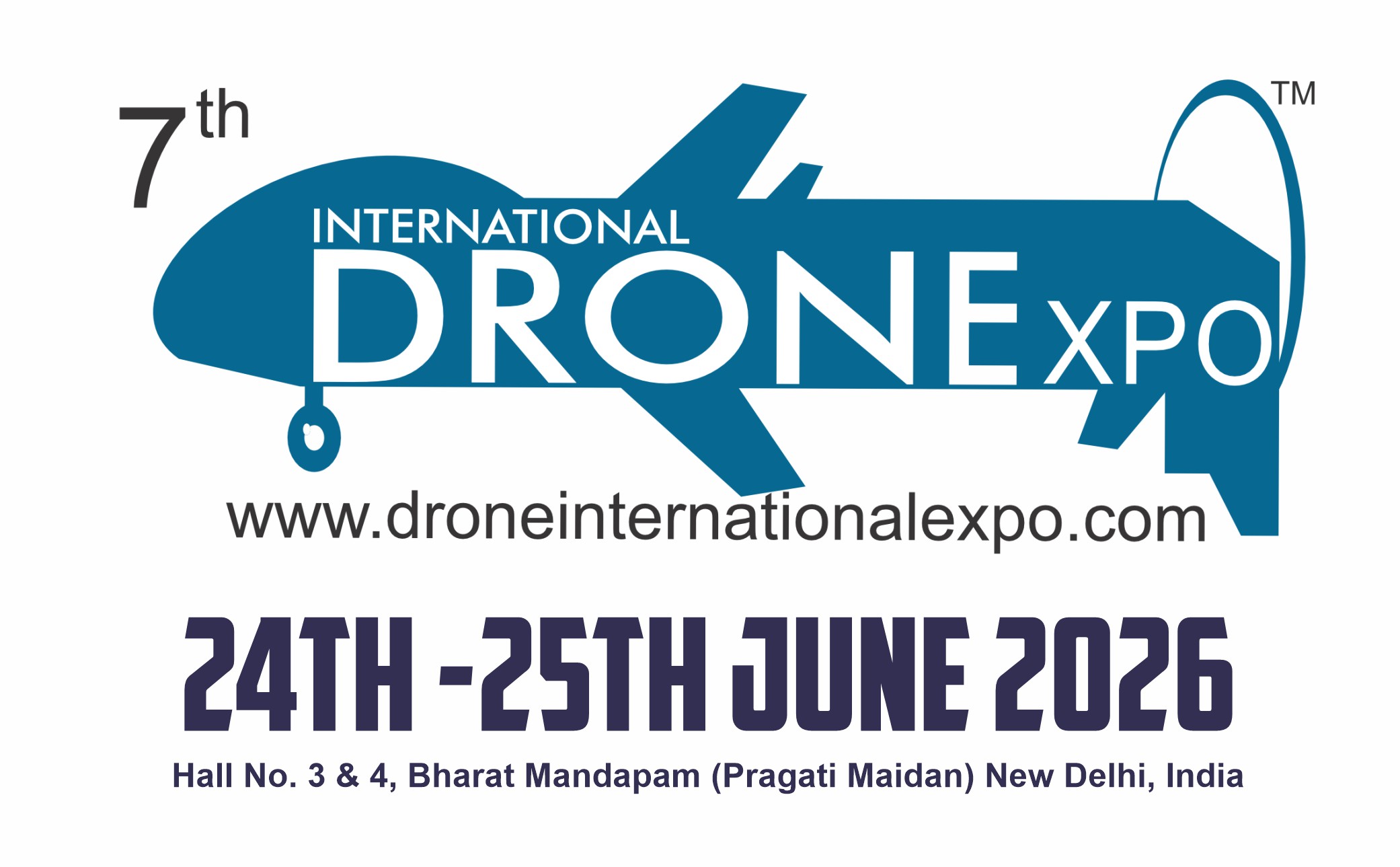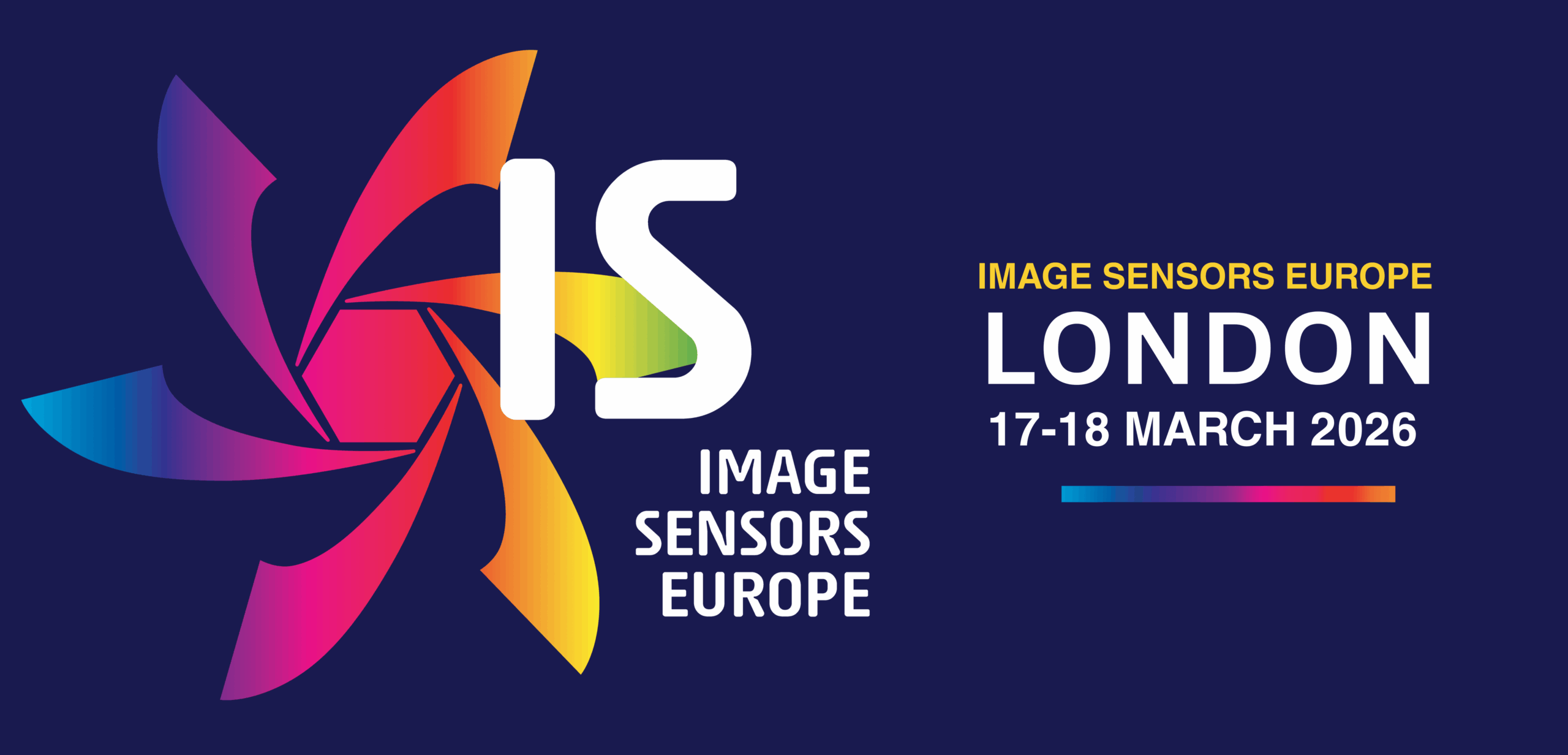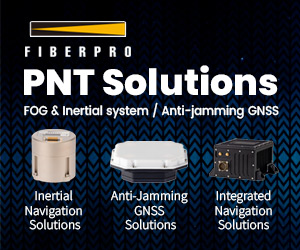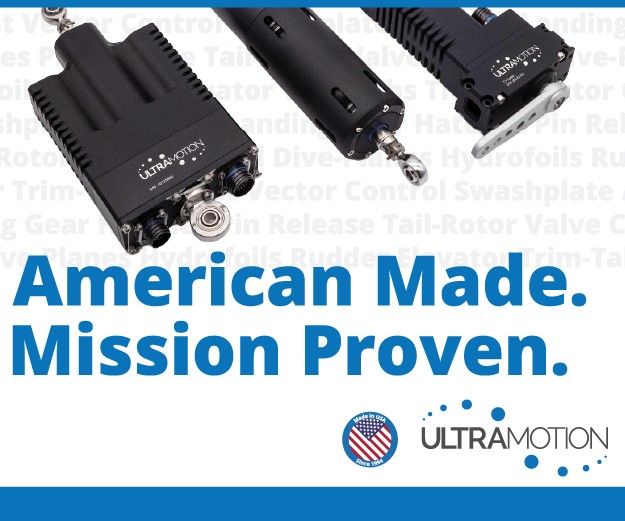FMCW laser is smaller than a penny
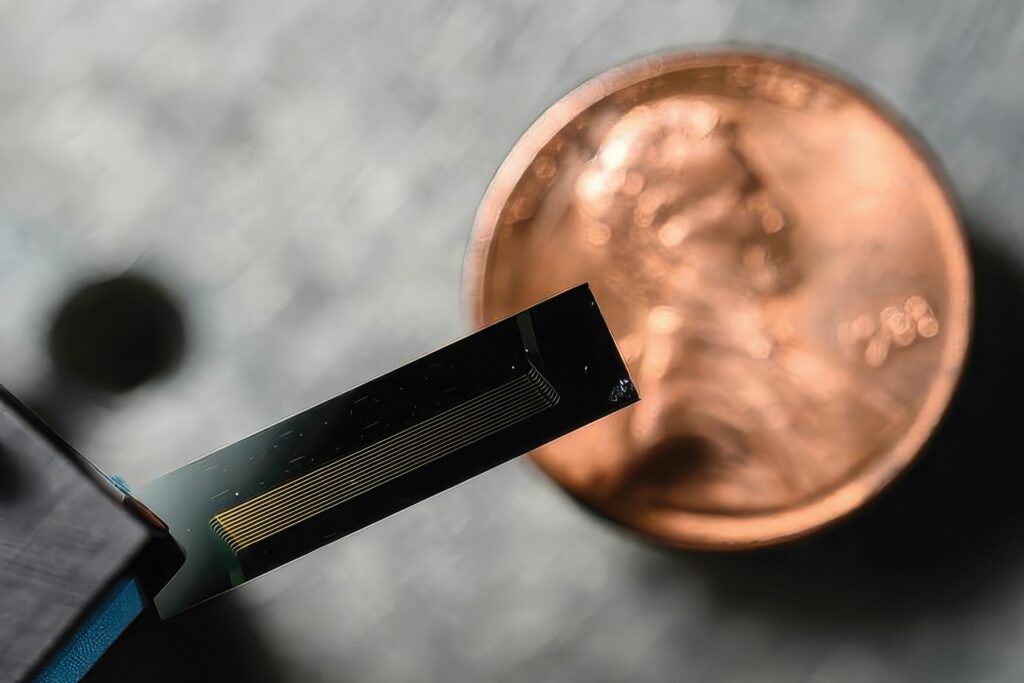
(Image courtesy of the University of Rochester)
University teams in the US have developed a laser sensor device that is smaller than a penny for improved Lidar systems in self-driving cars, writes Nick Flaherty.
At the time of writing, optical metrology requires bulky and expensive equipment to achieve delicate laser-wave control, creating a bottleneck for deploying streamlined, cost-effective systems.
The team at the University of Rochester and the University of California, Santa Barbara, developed the chip-scale laser that can be used for frequency-modulated continuous-wave (FMCW) systems.
While FMCW is increasingly popular for radar systems, the dynamic range value of ranging and velocity detection in FMCW Lidar depends on the speed and linearity of the laser frequency chirping, which is significantly beyond the reach of current existing lasers.
This means that FMCW Lidar has to rely on complicated modulation and optoelectronic feedback control that is external to the laser to improve frequency chirping, and the limited performance seriously impacts the capability of velocity detection and could lead to severe false judgement in self-driving motor vehicles.
The laser is a hybrid integration between an indium phosphide reflective semiconductor optical amplifier gain chip and a thin-film lithium niobate photonic integrated circuit that functions as an external cavity of the laser. This uses the Pockels effect, which changes the refractive index of a material when an electric field is present.
This architecture delivers a frequency chirping rate of up to 20 EHz/s and a modulation bandwidth exceeding 10 GHz, both of which are orders of magnitude greater than those of existing lasers. It also has a narrow intrinsic linewidth down to 167 Hz and a broad mode-hop-free tuning range up to 24 GHz. This allows the FMCW performance.
“There are several applications we are aiming for that can already benefit from our designs,” said Shixin Xue, a PhD student advised by Prof Qiang Lin at Rochester. “The first is Lidar, which is already used in autonomous vehicles, but a more advanced form known as FMCW Lidar requires a large tuning range and fast tuning of the laser’s frequency, and that’s what our laser can do.”
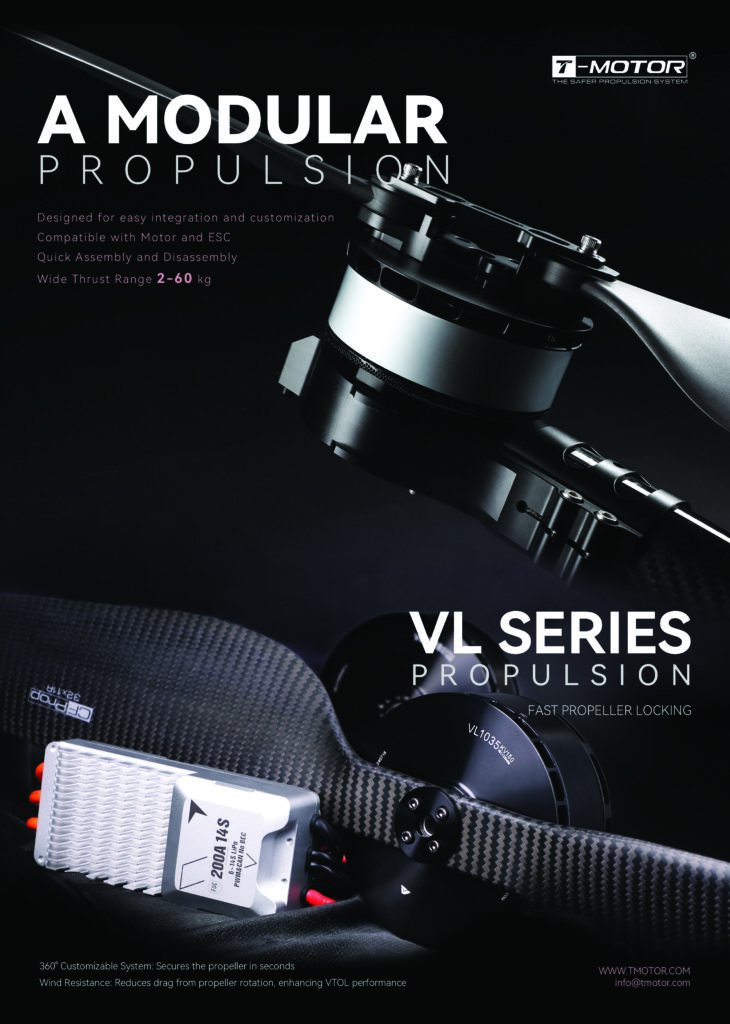
A miniature demonstration laser measured velocity at 40 m/s over a short distance of 0.4 m, and measurable velocities up to 1 m away with a ranging resolution of under 2 cm.
This could be scaled up to detect vehicles and obstacles at highway speeds and distances claim the researchers.
The researchers also demonstrated for the first time how a chip-scale laser could be used for Pound-Drever-Hall (PDH) laser frequency locking, a common technique used to narrow down, stabilise and reduce a laser’s noise.
“It’s a very important process that can be used for optical clocks that can measure time with extreme precision, but you need a lot of equipment to do that,” said Xue. A typical setup might require instruments the size of a desktop computer such as an intrinsic laser, an isolator, an acoustic optic modulator, and a phase modulator. “Our laser can integrate all of these things into a very small chip that can be tuned electrically.”
UPCOMING EVENTS










